Enter the Google Pixel 10 family, a smarter next generation smartphone
The Pixel 10 Pro and Pro Fold head up a tranche of new products from Google, which also includes the Pixel Watch 4 and a host of new accessories
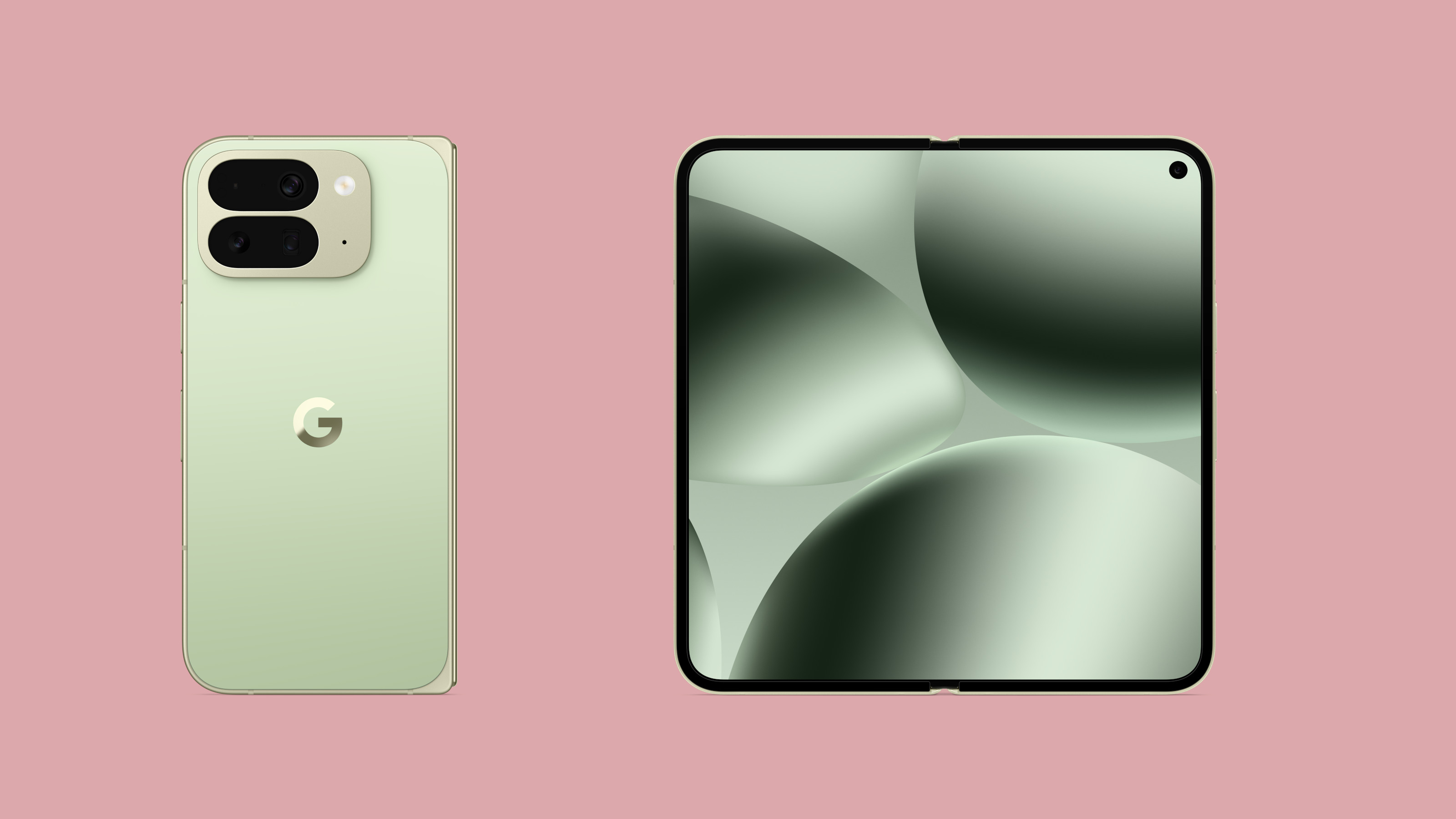
The usual drip feed of leaks has slightly blunted the surprise of Google’s annual Pixel product drop, officially announced today. The Pixel phone is now in its tenth iteration, and we’re once again faced with the prospect of deciding whether to upgrade or hold steady.
For the savvy and sustainably minded tech user, the ideal scenario is that a new handset lasts longer than the average phone contract. To that end, Google has your back with the premise that it’ll support a new handset – Pixel 10 included – for seven years, including OS and security updates.

Google Pixel 10, Lemongrass, Indigo and Obsidian
If we take the premise that handset years are a little bit like dog years, then Pixel 7 and Pixel 8 users are just getting into the comfortable stretch of middle age, whilst those who still wield last year’s Pixel 9 have a phone that’s entering young adulthood.
Power users are driven by the FOMO engendered by the latest specs, lenses and processors and it’s these early adopters that provide the profitable first tranche of full price customers before the deals and discounts start to roll in after a few months.
So is the Pixel 10 – and its accompanying family of devices – the one for you? What will you gain by upgrading and is this a device you’ll can happily wedded to until the start of the next decade? We’ve set out the specs and innovations to help you decide.
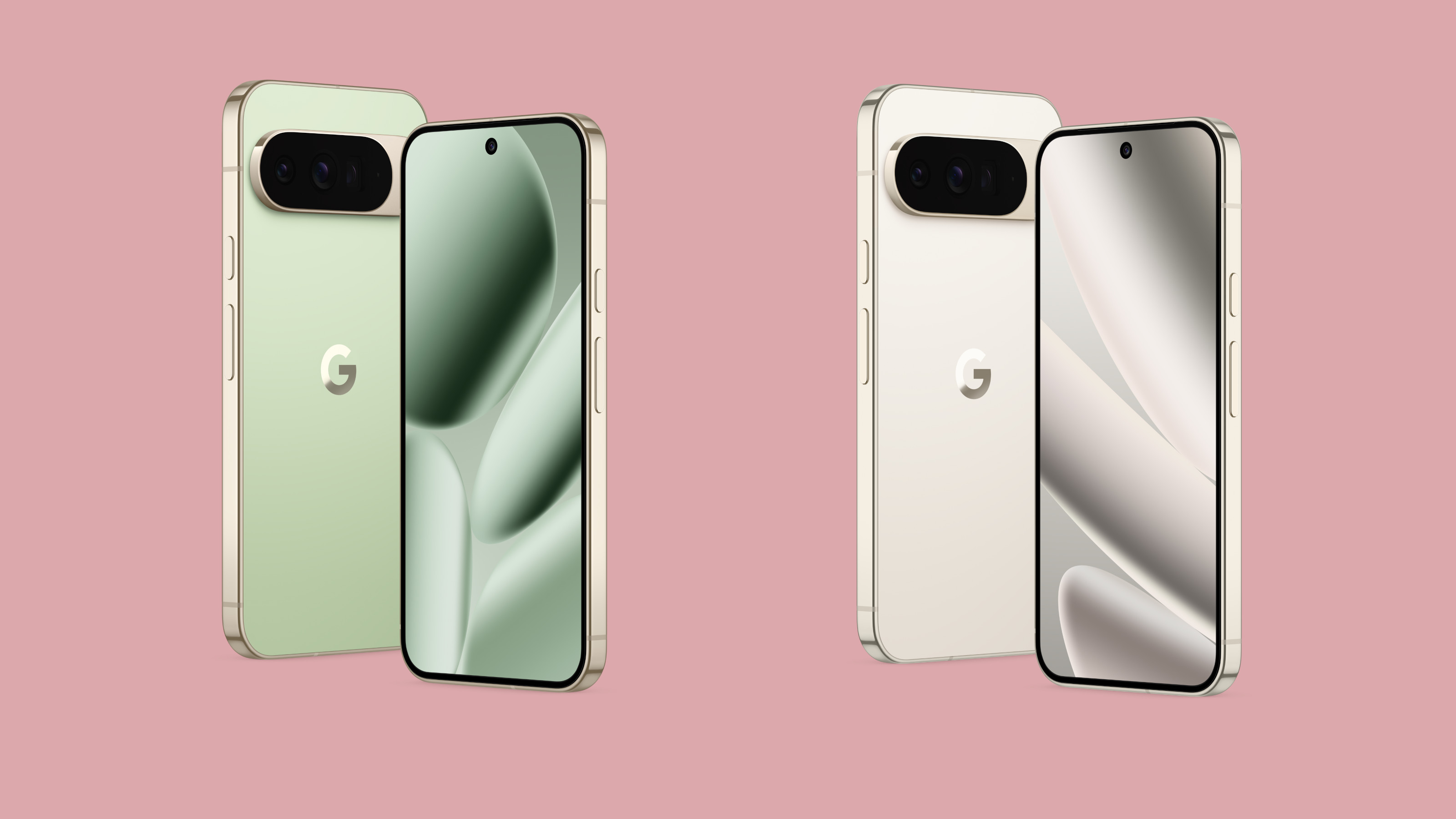
Google Pixel 10 Pro XL in Jade and Porcelain
First up, the phones. The Pixel 10 family includes the stock Pixel 10, Pixel 10 Pro and Pixel 10 Pro XL, so no changes there. While some aspects of the specification are started to plateau – memory and storage in particular – incremental improvements to cameras and screens continue.
One of the big upgrades is the addition of an extra camera to the rear of the standard Pixel 10, with a new 10.8MP Telephoto and 20x zoom. Across the board, all new Pixel devices get Google’s own Tensor G5 chip, the first to have the capability to run the most lightweight version of Google’s Gemini AI on device.
Receive our daily digest of inspiration, escapism and design stories from around the world direct to your inbox.
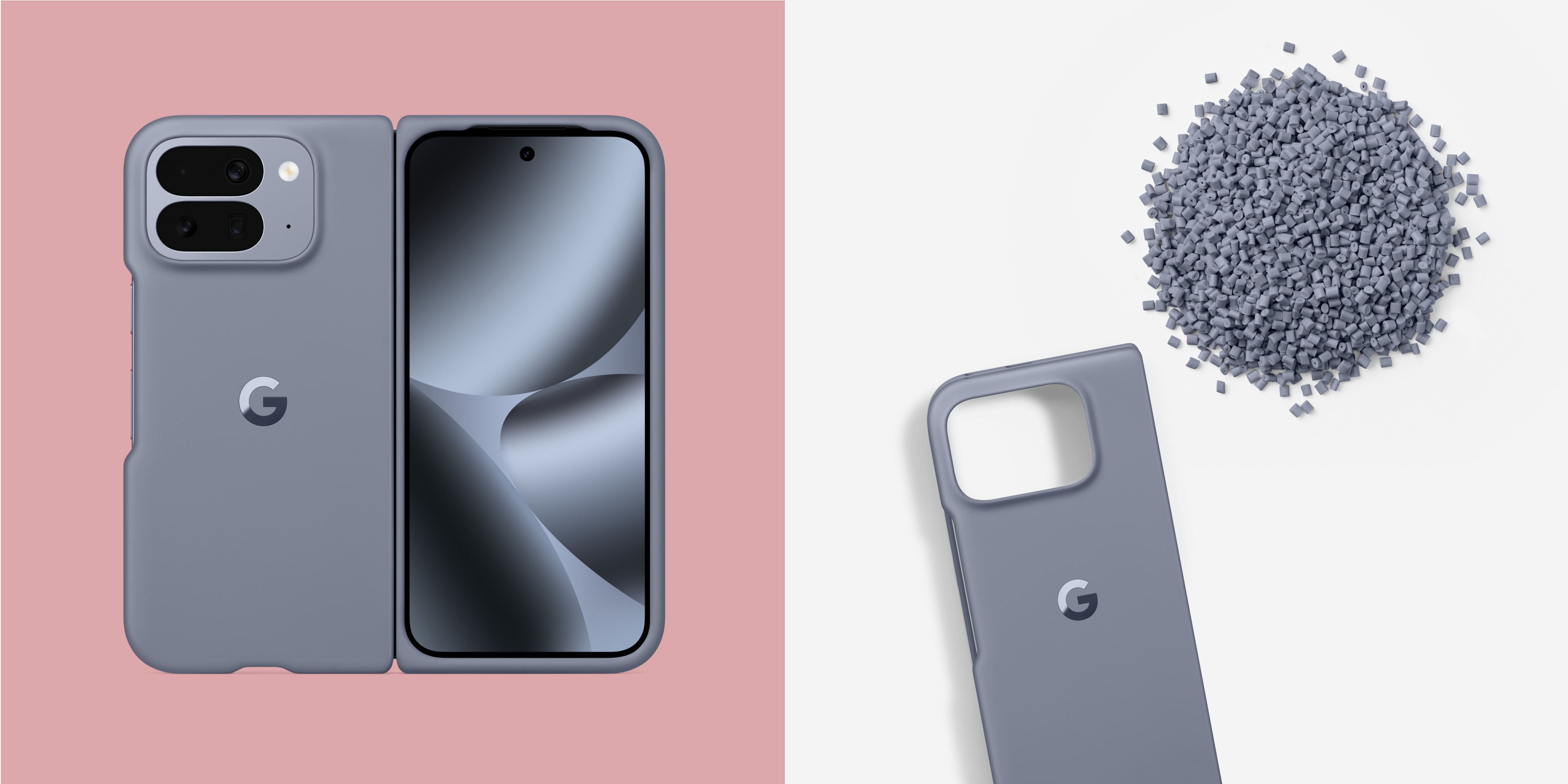
The Pixelsnap cases, seen here on the Pixel 10 Pro Fold, use recycled plastic
As before, the two Pro models represent the current peak of Google’s hardware and software design. They’re not thrilling devices to look at, and you’ll need to cover a lot of that ‘silky matte glass’ with a case if you want to keep it pristine. There’s also more recycled material in use than ever before – up to 32% of the weight of Pixel 10 is made up of reused material.

Google Pixel 10 Pro Fold in Moonstone
The flagship device continues to be Google’s folding screen model, the Pixel 10 Pro Fold. Like the Pixel 9 Pro Fold, this is a tour-de-force of hardware design. The external 6.4” screen is substantial enough to serve as a primary device and the internal 8” display is a great tablet substitution. Camera specs suffer slightly from the slenderness of the frame - at 10.1mm deep, it’s barely thicker than the 8.5mm and 8.6mm single screen models.
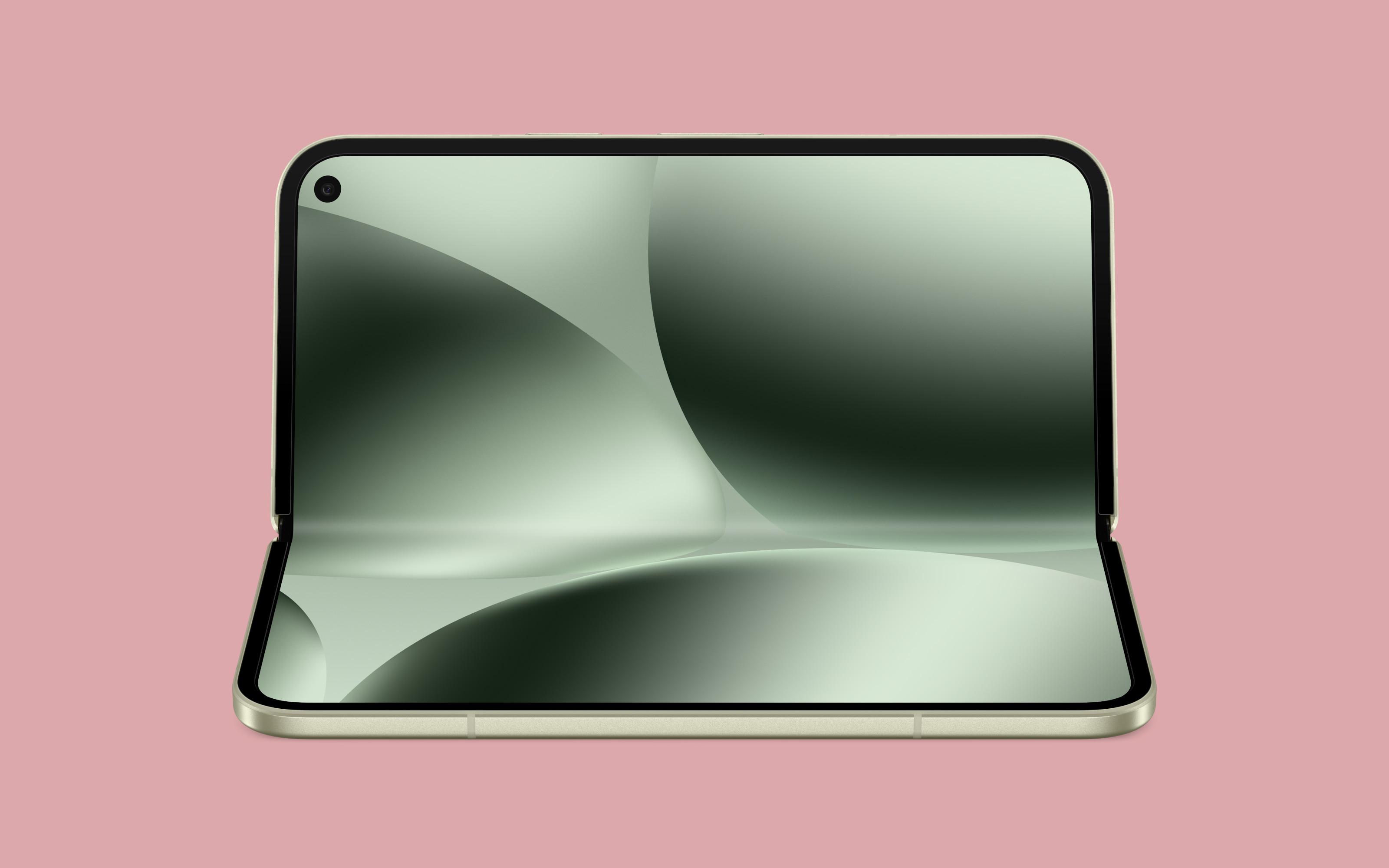
Google Pixel 10 Pro Fold in Jade
The big change is the introduction of Material 3 Expressive, a new look and feel for Android. This includes increased personalisation, from Live Effects wallpaper and an ambient full-screen always-on display, as well as redesigns for key apps, including Recorder, Camera, Clock, Google Photos, Calculator, Fitbit, and Phone.
Another significant shift is the introduction of magnetic wireless charging, a la iPhone, with the Pro models capable of using the new, more powerful Qi 25W standard. This system, dubbed Pixelsnap, will include a dedicated suite of accessories, from cases to chargers and stands.
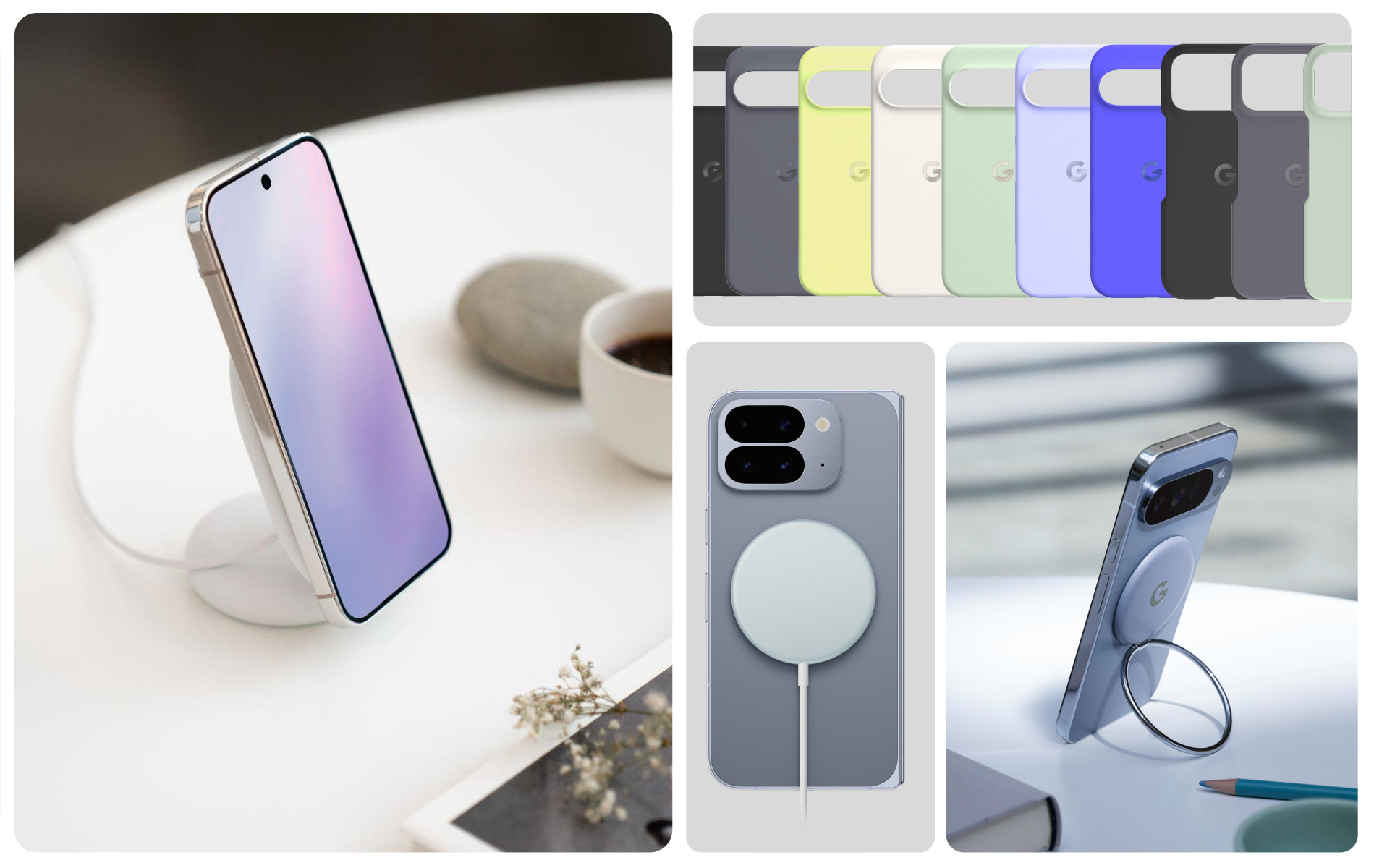
Google's new range of Pixelsnap accessories
Gemini AI also permeates through the Pixels with functionality that ranges from benign (photography coaching models, AI-tidied digital zoom and even a ‘Guided Frame’ function with audio descriptions to aid blind and low vision photographers), through to the rather more intrusive Magic Cue intelligent agent, which uses contextual clues and existing source data to answer questions about your calendar and tasks. There’s also a Pixel Journal app that adds a layer of interactivity to this personal activity du jour, with prompts and automatically generated insights into your thoughts.
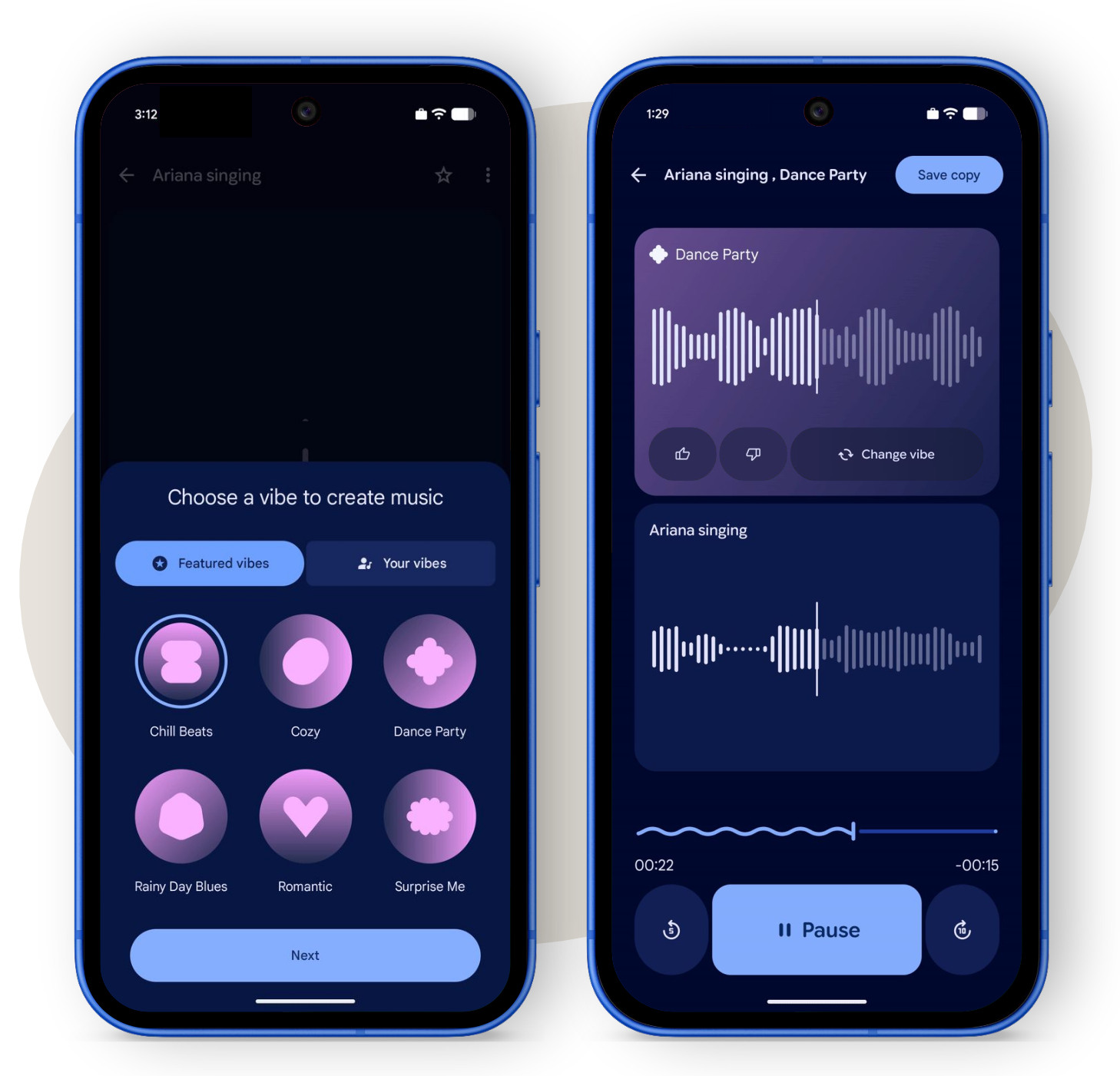
The Pixel Recorder app now features a generative AI music function
AI sceptics will be more challenged by the other AI tools on offer, including Writing Tools, which can automatically rewrite a piece of text to make it more formal or informal, along with a new music creation component in the Recorder app. Subscribers to Google AI Pro get access to Deep Research, a ‘personalised research agent’, the spookily good Veo 3 AI video generation tool and more.
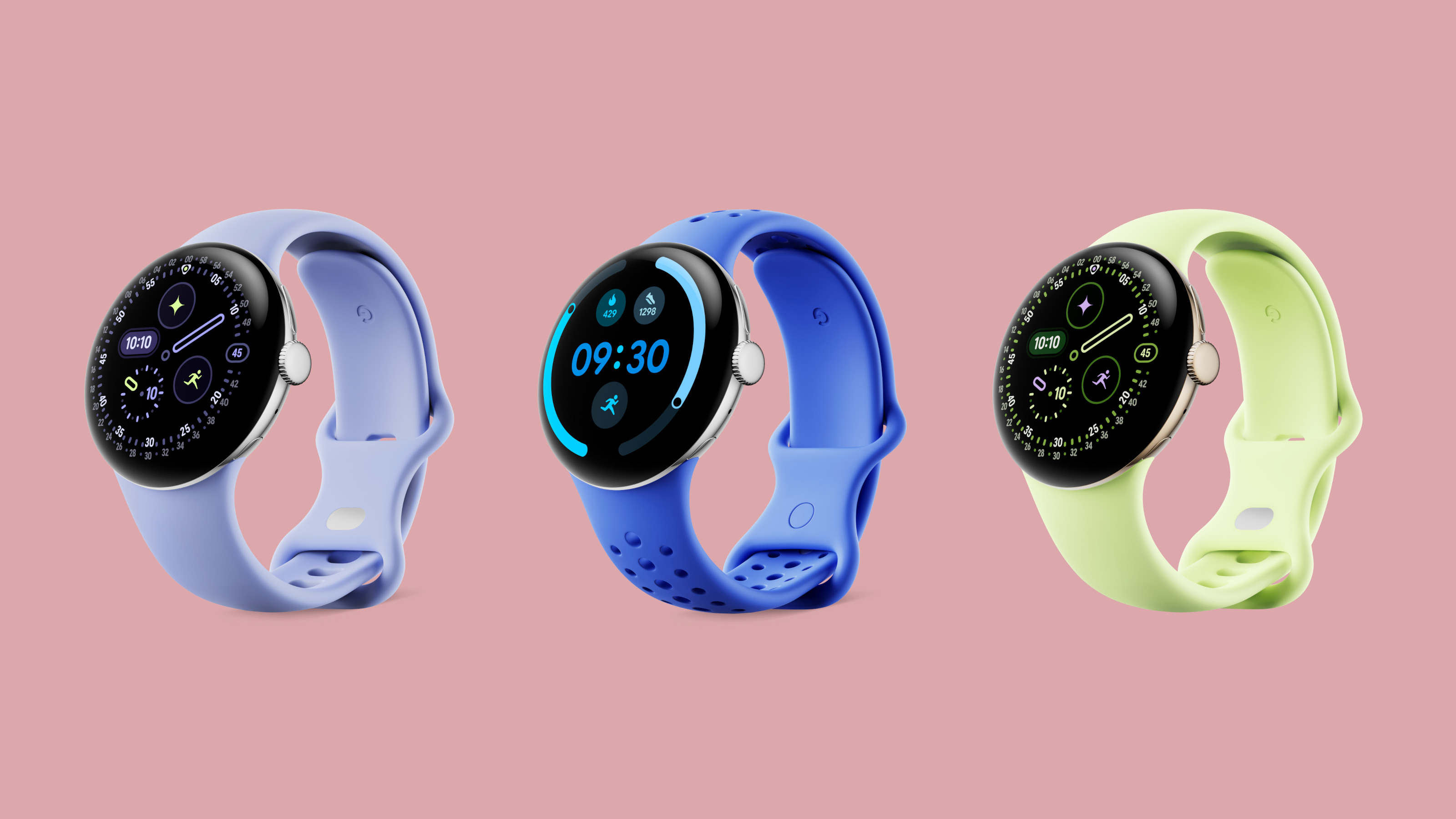
Google Pixel Watch 4
Also revealed were the entry-level Pixel Buds 2a and the latest generation of the Pixel Watch, the Watch 4, which will include the new design direction in its OS. We’ll bring you a more in-depth look at the Pixel 10 and Watch 4 in due course.
Jonathan Bell has written for Wallpaper* magazine since 1999, covering everything from architecture and transport design to books, tech and graphic design. He is now the magazine’s Transport and Technology Editor. Jonathan has written and edited 15 books, including Concept Car Design, 21st Century House, and The New Modern House. He is also the host of Wallpaper’s first podcast.
-
 Men’s Fashion Week A/W 2026 is almost here. Here’s what to expect
Men’s Fashion Week A/W 2026 is almost here. Here’s what to expectFrom this season’s roster of Pitti Uomo guest designers to Jonathan Anderson’s sophomore men’s collection at Dior – as well as Véronique Nichanian’s Hermès swansong – everything to look out for at Men’s Fashion Week A/W 2026
-
 The international design fairs shaping 2026
The international design fairs shaping 2026Passports at the ready as Wallpaper* maps out the year’s best design fairs, from established fixtures to new arrivals.
-
 The eight hotly awaited art-venue openings we are most looking forward to in 2026
The eight hotly awaited art-venue openings we are most looking forward to in 2026With major new institutions gearing up to open their doors, it is set to be a big year in the art world. Here is what to look out for